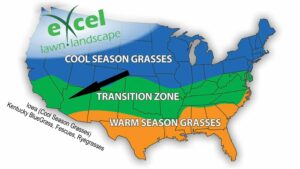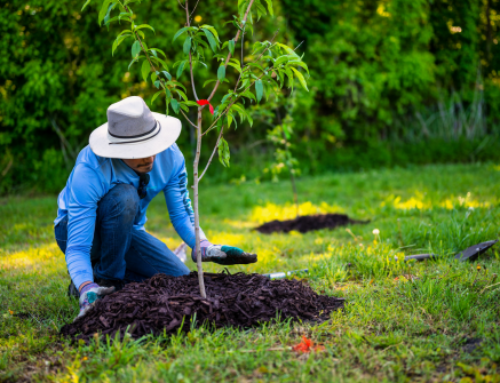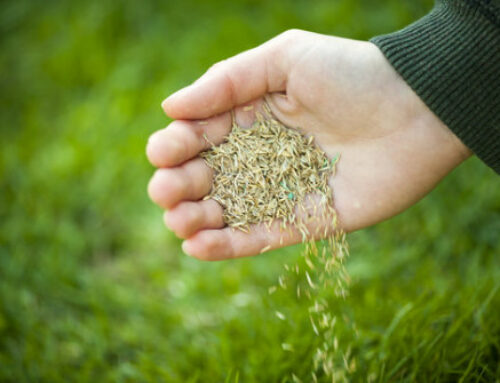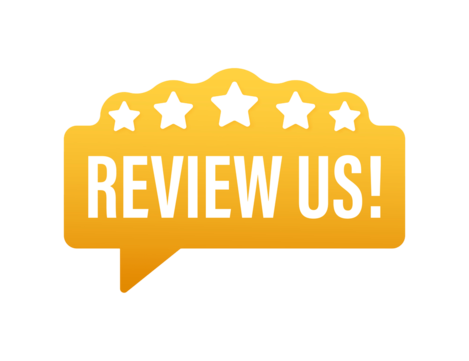Maintaining Lawn Like a PRO in Des Moines Iowa
If you reside in the Des Moines, Iowa metro, you’re well aware that maintaining a lawn like a PRO is essential, given the challenges of the harsh winters and scorching summers that impact your turf. However, with the right care and diligence, you can have a lawn that stands out from Easter Lake to Beaverdale. In this article, we will discuss the steps needed to maintain your lawn in the capital city of Des Moines, Iowa.
Step 1: Know Your Grass Type
Before you start the process to maintain your lawn, you need to know what type of grass you have. Des Moines, Iowa, is known for its cool-season grasses, such as Kentucky bluegrass, perennial ryegrass, and fine or tall fescues. Knowing your grass type will help you determine the best care and maintenance practices for your lawn.
Step 2: Mowing Your Lawn
Mowing your lawn is an essential part of any lawn maintenance program. Ideally, you should mow your lawn when the grass is dry and only remove less than one-third of the grass blade during each mowing. taller than the recommended height for your grass type. With our cool-season grasses in Des Moines, Iowa, the recommended mowing height is around 3.0-3.75 inches.
Step 3: Watering Your Lawn
Watering your lawn is crucial, especially during the hot and dry summer months. It is recommended to water your lawn deeply and infrequently, rather than shallowly and frequently. This means that you should water your lawn a few times a week, providing about 1.5 inch of water per week. Ideally, 3 sessions a week at 1/2″ per session works the best if we don’t have any rain that week.
Step 4: Fertilizing Your Lawn
Fertilizing your lawn is necessary to keep it healthy and green. For cool-season grasses in Des Moines, Iowa, it is recommended to fertilize in the spring, summer, and fall. You should use a fertilizer that is specifically formulated for your area and follow the label carefully.
Step 5: Aerating Your Lawn
Lawn aeration helps reduce soil compaction and improve water and nutrient uptake. It is recommended to aerate your lawn once a year, preferably in the fall. You can use a spike aerator or a plug aerator to create holes in the soil, yet plug aeration is the best option.
Step 6: Controlling Weeds and Pests
Weeds and pests can damage your lawn and make it look unsightly. To control weeds, you can use herbicides that are specifically formulated for your grass and the target of control. In order to control pests, insecticides are a great option for grubs and chinch bugs.
Step 7: Removing Leaves and Debris
Removal of leaves and debris from your lawn is important, especially in the fall. As leaves and debris can smother your grass and create an environment for pests and diseases to thrive. A leaf blower or a rake are great tools to remove leaves and debris from your lawn. Don’t forget mulching the leaves back into the soil is a great way to add nitrogen back into your soil during those fall months.
Step 8: Over-Seeding Your Lawn
Overseeding your lawn is a great way to help thicken it and fill in the bare spots. It is recommended to over-seed your lawn in the fall when the temperatures are cooler. You can use a seed type and mixture that is specifically formulated for your grass-growing situation.
Conclusion
It requires effort and dedication to maintain your lawn, but the satisfaction is worth it. Following these eight steps, you can have a lawn that is healthy, green, and beautiful. Remember to know your grass type, mow your lawn regularly, water the turf, fertilize it a few times a year, aerate it once a year, control weeds and pests, remove leaves and debris, and over-seed it in the fall. With these tips, you can have a lawn that is the envy of your neighborhood.
FAQs
- When is the best time to water my lawn? A: It is best to water your lawn deeply and infrequently, once a week, providing about 1 inch of water. Water your lawn early in the morning, between 6 am and 10 am, to reduce water loss due to evaporation.
- Can I use any fertilizer on my lawn? A: No, it is important to use a fertilizer that is specifically formulated for your grass type and region. Different grass types have different nutrient requirements, and using the wrong fertilizer can damage your lawn and waste time and money.
- How often should I mow my lawn? A: You should mow your lawn before the grass is less than one-third taller than the height of your lawn mower cutting height.
- Do I need to remove leaves and debris from my lawn? A: Yes, removing leaves and debris from your lawn is important, especially in the fall. Leaves and debris can smother your grass and create an environment for pests and diseases to thrive.
- Can I over-seed my lawn in the spring? A: It is not recommended to over-seed your lawn in the spring. The temperatures are usually too warm, and the new seedlings may not survive. It is best to over-seed your lawn in the fall when the temperatures are cooler. (there are exceptions to every rule especially in shady areas……but you’ll have to reach out for that one!)
Remember, maintaining your lawn requires effort and dedication. By following the steps outlined in this article and taking care of your lawn regularly, you can have a beautiful and healthy lawn that will make your neighbors jealous. If you ever need any help, we’re standing by.
Share This Story, Choose Your Platform!
Recent Posts
Everything You Need to Know About Mulch Installation
How Deep, How Much, What It Costs, and Why Early Spring is Ideal [...]
Is Winter the Best Time for Pruning?
Winter pruning is indeed the best time for Tree pruning, if pruning is [...]
Ultimate Guide to Lawn Aeration and Overseeding Mastery
A healthy, lush lawn doesn’t just happen—it takes care and the right approach. [...]
The Superpower of Lawn Aeration: Unlocking the secret to a vibrant Lawn
When you envision a stunning, vibrant lawn, what springs to mind? Probably a lawn [...]
Yellow Nutsedge “The Lime Green Grass invader”
It is that time of year, Yellow Nutsedge is starting to show up within our [...]
The Art of Pruning Hydrangea’s
Pruning Hydrangea's If you're growing hydrangeas at your West Des Moines home, let's keep [...]











